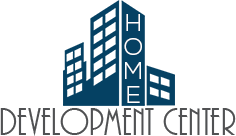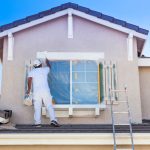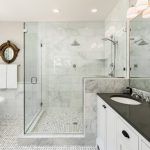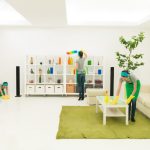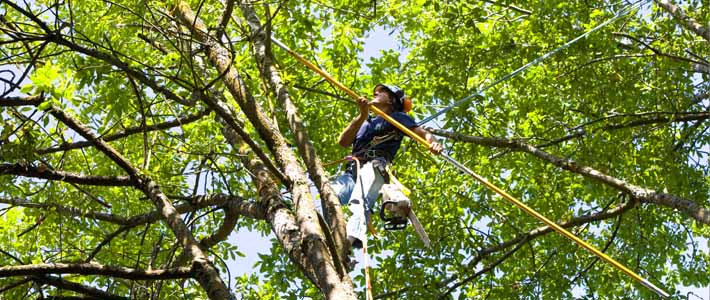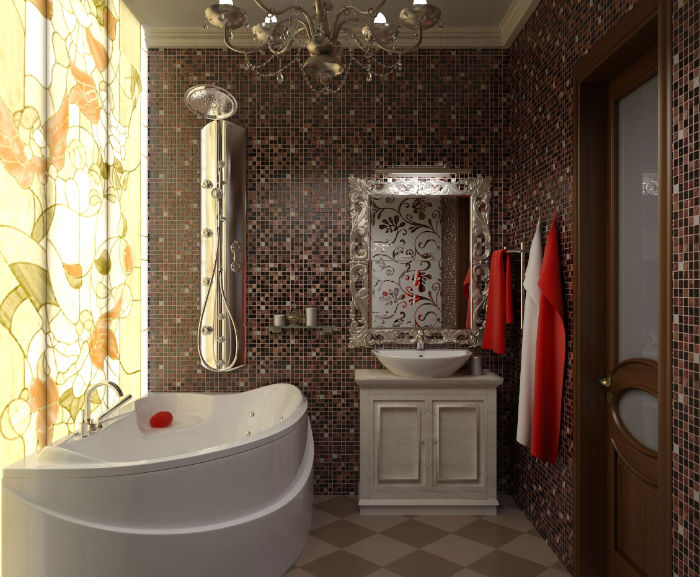The growing demand for sustainable architecture has led to a large market in LEED (Leadership in Energy and Environmental Design) certified products. Buildings enhanced with ?green? inputs such as renewable and recycled materials from local resources are manufactured to meet LEED criteria. Interior designers acknowledge that clients are more interested in sustainable home and commercial d?cor than before. LEED certified products such as premium wallcoverings add market value to any property.
Pre-cursors to Sustainable Architecture
Since the late twentieth century, architects dedicated to the School of Deconstruction have left a legacy of historical landmarks across the globe. Speckling urban metropolises, monuments such as the CCTV Building in Beijing, designed by Rem Kolhaas, have merited the school. In the West, the Guggenheim Museum in Bilbao Spain, designed by Frank Gehry, reveals the cultural continuity of deconstruction in institutional architecture. Retrospectives on deconstructionist architecture have generated lessons learned as well, establishing new priorities in sustainable building.
Reinforcement of Deconstruction?s project was greatly enhanced by rapid transformations of a new technology sector dedicated to construction materials and engineering systems. Market capitalization on architectural creativity, in replication of signature designs (i.e. brand names in architecture) created a significant future for a field once segregated to function over form. Modular and engineered for change, Deconstruction set the pace for a future in sustainable design.
The Sustainable Moment
If Deconstructionists often sought to reduce Modernist tendencies to a trace, the influences that have persisted have been anything but. The evolution of modern architecture from the period to the Post-Modern and finally, the Sustainable architecture movements, illustrates the efficacy of this early proposition in the proliferation of ?green? construction.
Contemporary architecture now incorporates ideas from deconstruction, both in the appropriation of design and environmental inputs. This transition is evidence of a shift in to a new market economy; where full cost pricing is equally, if not more, potent. Placing the semiotics of environmental power at the center of design theory, the green construction market has prompted emphasis on a global, yet decentralized market, where recycled and recyclable LEED certified products are most popular.
The Benefits of LEED Certified Wallcoverings
Consistent with the history of Deconstruction architecture were the efforts of interior designers. Since the introduction of LEED building criteria the manufacturing of products to meet specification has greatly increased. Now that environmental conservation is a priority, it is reassuring the LEED certified wallcovering products are available to consumers. Improve the sustainability rating of a home or office building with LEED certified wallcoverings. Save the planet while beautifying a room. Sustainable wallcoverings are organic decorative solutions. See why more designers are recommending the value added returns of ?green? interior products.
